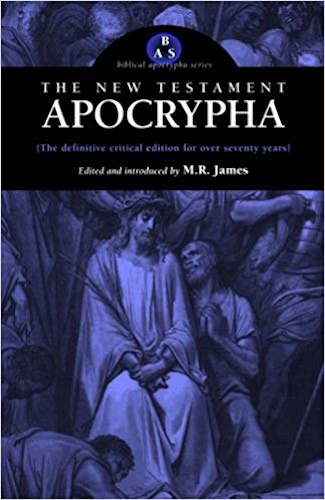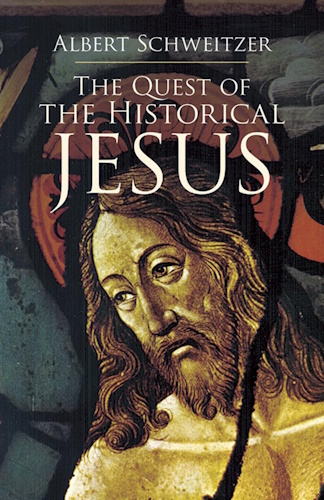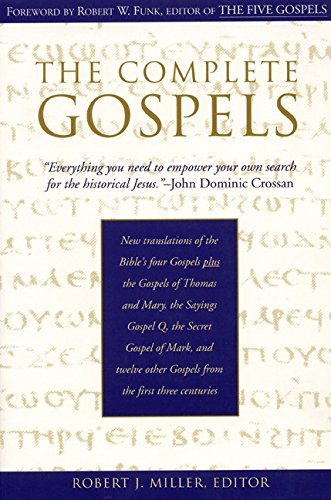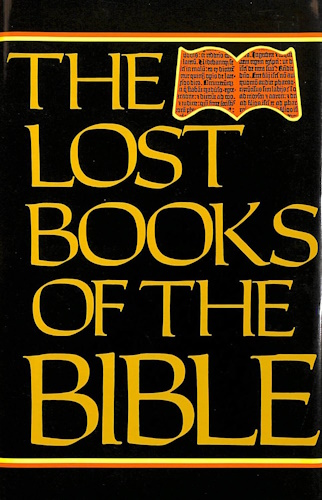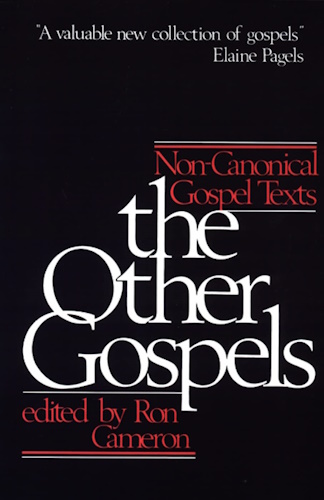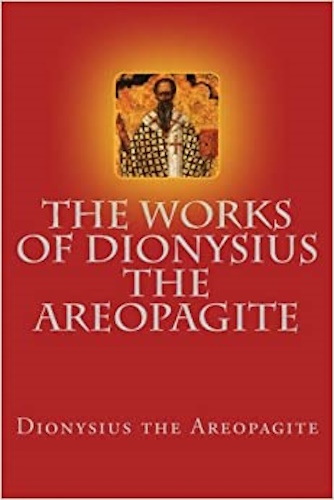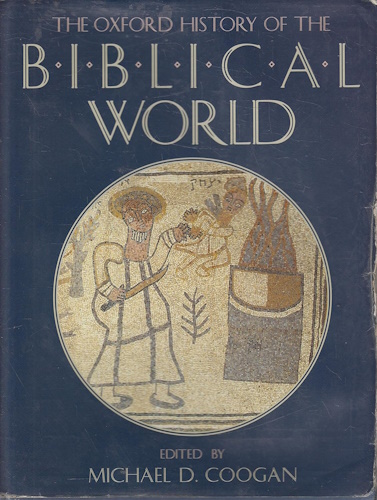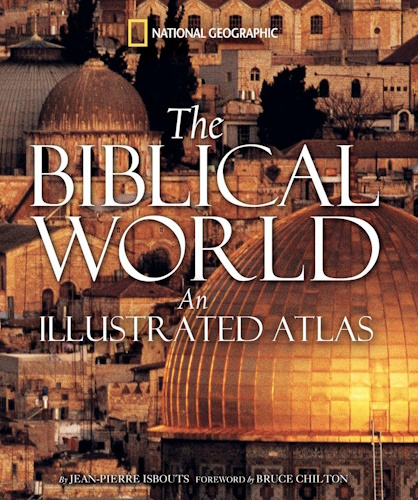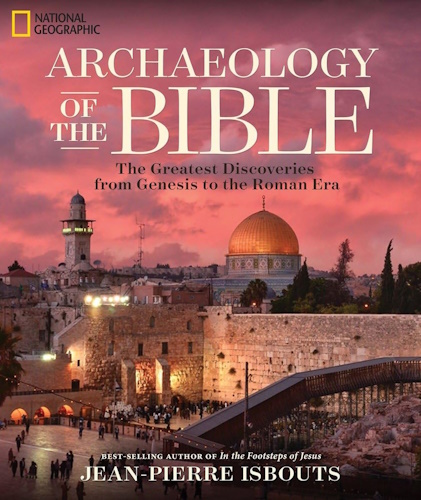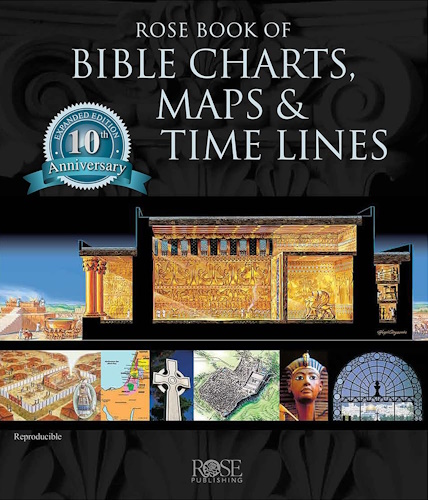
The works of Dionysius the Areopagite
On Divine Names
Caput VIII
Concerning power, justice, preservation, redemption, in which also concerning inequality.
SECTION I.
BUT since the theologians sing the Divine truth fulness and super-wise wisdom, both as power and
page 94
as justice, and designate It preservation and redemption, come then, let us unfold these Divine Names also, as best we can. Now, that the Godhead is pre-eminent above, and surpasses every power, howsoever being and conceived, I do not suppose any of those nourished in the Divine Oracles does not know. For on many occasions the Word of God attributes the Lordship to It, even when distinguishing It from the supercelestial powers themselves. How then do the theologians sing it also as a Power, which is pre-eminent above every power? or how ought we to understand the name of power as applied to It?
SECTION II.
We say, then, that Almighty God is Power, as pre-having, and super-having, every power in Himself, and as Author of every power, and producing everything as beseems a Power inflexible and unencompassed, and as being Author of the very existence of power, either the universal or particular, and as boundless in power, not only by the production of all power, but by being above all, even the self. existent Power, and by His superior power, and by His bringing into existence, ad infinitum, endless powers other than the existing powers; and by the fact that the endless powers, even when brought into existence without end, are not able to blunt the super-endless production of His power-making power; and by the unutterable and unknown, and inconceivable nature of His all-surpassing power, which,
page 95
through abundance of the powerful, gives power even to weakness, and holds together and preserves the remotest of its echoes; as also we may see even with regard to the powerful insensible perception, that the super-brilliant lights reach even to obscure visions, and they say, that the loud sounds enter even into ears which are not very well adapted to the reception of sounds. For that which does not hear at all is not hearing; and that which does not see at all is not sight.
SECTION III.
The distribution, then, of boundless power, from Almighty God, passes to all beings, and there is no single being which is utterly deprived of the possession of some power; but it has either intellectual, or rational, or sensible, or vital, or essential power; yea even, if one may say so, self-existent being has power to be from the superessential Power.
SECTION IV.
From It, are the godlike powers of the angelic ranks; from It, they have their immutability, and all their intellectual and immortal perpetual movements; and their equilibrium itself, and their undiminishable aspiration after good, they have received from the Power boundless in goodness; since It commits to them the power to be, and to be such, and to aspire always to be, and the power itself to aspire to have the power always.
page 96SECTION V.
But the gifts of the unfailing Power pass on, both to men and living creatures, and plants, and the entire nature of the universe; and It empowers things united for their mutual friendship and communion, and things divided for their being each within their own sphere and limit, without confusion, and without mingling; and preserves the order and good relations of the whole, for their own proper good, and guards the undying lives of the individual angels inviolate; and the heavenly and the life-giving and astral bodies51 and orders without change: and makes the period of time possible to be; and disperses the revolutions of time by their progressions, and collects them together by their returns; and makes the powers of fire unquenchable, and the rills of water unfailing; and sets bounds to the aerial current, and establishes the earth upon nothing; and guards its life-giving throes from perishing; and preserves the mutual harmony and mingling of the elements without confusion, and without division; and holds together the bond of soul and body; and arouses the nourishing and growing powers of plants; and sustains the essential powers of the whole; and secures the continuance of the universe without dissolution, and bequeaths the deification Itself, by furnishing a power for this to those who are being deified. And in a word, there is absolutely no single thing which is deprived of
page 97
the overruling surety and embrace of the Divine Power. For that which absolutely has no power, neither is, nor is anything, nor is there any sort of position of it whatever.
SECTION VI.
Yet Elymas, the Magician, says, "if Almighty God is All-powerful, how is He said by your theologian, not to be able to do some thing "? But he calumniates the Divine Paul, who said, "that Almighty God is not able to deny Himself." Now in advancing this, I very much fear lest I should incur ridicule for folly, as undertaking to pull down frail houses, built upon the sand by little boys at play; and as being eager to aim at the theological intelligence of this, as if it were some inaccessible mark. For, the denial of Himself, is a falling from truth, but the truth is an existent, and the falling from the truth is a falling from the existent. If, then, the truth is an existent, and the denial of the truth a falling from the existent, Almighty God cannot fall from the existent, and non-existence is not; as any one might say, the powerless is not powerful; and ignorance, by privation, does not know. The wise man, not having understood this, imitates those inexperienced wrestlers, who, very often, by assuming that their adversaries are weak, according to their own opinion, and manfully making a show of fight with them, when absent, and courageously beating the air with empty blows, think that they have overcome their antagonists, and proclaim themselves
page 98
victors (though) not yet having experienced their rivals' strength. But we, conjecturing the meaning of the Theologian to the best of our ability, celebrate the Super-powerful God, as Omnipotent, as blessed, and only Lord; as reigning in the kingdom of Eternity itself; as in no respect fallen from things existing;—but rather, as both super-having and pre-having all existing things, as beseems Power superessential; and as having bequeathed to all things being, the power to be, and this their being in an ungrudging stream, as beseems abundance of surpassing power.
SECTION VII.
But further, Almighty God is celebrated as justice, as distributing things suitable to all, both due measure, and beauty, and good order, and arrangement, and marking out all distributions and orders for each, according to that which truly is the most just limit, and as being Cause for all of the free action of each. For the Divine Justice arranges and disposes all things, and preserving all things unmingled and unconfused, from all, gives to all existing beings things convenient for each, according to the due falling to each existing thing. And, if we speak correctly, all those who abuse the Divine Justice, unconsciously convict themselves of a manifest injustice. For they say, that immortality ought to be in mortals, and perfection in the imperfect, and imposed necessity in the free, and
page 99
identity in the variable, and perfect power in the weak, and the temporal should be eternal, and things moveable by nature, unchangeable, and that temporary pleasures should be eternal; and in one word, they assign the properties of one thing to another. They ought to know that the Divine Justice in this respect is really a true justice, because it distributes to all the things proper to themselves, according to the fitness of each existing thing, and preserves the nature of each in its own order and capacity.
SECTION VIII.
But some one may say, it is not the mark of justice to leave pious men without assistance, when they are ground down by evil men. To which we must reply, that, if those whom you call pious do indeed love things on earth, which are zealously sought after by the earthly, they have altogether fallen from the Divine Love. And I do not know how they could be called pious, when they unjustly treat things truly loveable and divine, which do not at once surpass in influence in their estimation things undesirable and unloveable. But, if they love the realities, they who desire certain things ought to rejoice when they attain the things desired. Are they not then nearer the angelic virtues, when, as far as possible, by aspiration after things Divine, they withdraw from the affection for earthly things, by being exercised very manfully to this, in their perils, on behalf of the beautiful? So that, it is true
page 100
to say, that this is rather a property of the Divine Justice—not to pamper and destroy the bravery of the best, by the gifts of earthly things, nor, if any one should attempt to do this, to leave them without assistance, but to establish them in the excellent and harsh condition, and to dispense to them, as being such, things meet for them.
SECTION IX.
This Divine Justice, then, is celebrated also even as preservation of the whole, as preserving and guarding the essence and order of each, distinct and pure from the rest; and as being genuine cause of each minding its own business in the whole. But, if any one should also celebrate this preservation, as rescuing savingly the whole from the worse, we will entirely accept this as the cantique of the manifold preservation, and we will deem him worthy to define this even as the principal preservation of the whole, which preserves all things in themselves, without change, undisturbed and unswaying to the worse; and guards all things without strife and without war, each being regulated by their own methods; and excludes all inequality and minding others' business, from the whole; and maintains the relations of each from falling to things contrary, and from migrating. And since, without missing the mark of the sacred theology, one might celebrate this preservation as redeeming all things existing, by the goodness which is preservative of all, from falling away from their own proper goods, so far
page 101
as the nature of each of those who are being preserved admits; wherefore also the Theologians name it redemption, both so far as it does not permit things really being to fall away to non-existence, and so far as, if anything should have been led astray to discord and disorder, and should suffer any diminution of the perfection of its own proper goods, even this it redeems from passion and listlessness and loss; supplying what is deficient, and paternally overlooking the slackness, and raising up from evil; yea, rather, establishing in the good, and filling -up the leaking good, and arranging and adorning its disorder and deformity, and making it complete, and liberating it from all its blemishes. But let this suffice concerning these matters, and concerning Justice, in accordance with which the equality of all is measured and defined, and every inequality, which arises from deprivation of the equality, in each thing severally, is excluded. For, if any one should interpret inequality as distinctions in the whole, of the whole, in relation to the whole, Justice guards even this, not permitting the whole, when they have become mingled throughout, to be thrown into confusion, but keeping all existing things within each particular kind, in which each was intended by nature, to be.
51 οὐσίας
![]()
![]()
-
Urantia Book, 44:0.11 - The Celestial Artisans
Never in your long ascendancy will you lose the power to recognize your associates of former existences. Always, as you ascend inward in the scale of life, will you retain the ability to recognize and fraternize with the fellow beings of your previous and lower levels of experience. Each new translation or resurrection will add one more group of spirit beings to your vision range without in the least depriving you of the ability to recognize your friends and fellows of former estates.
-
Princess Bride 1987 Wallace Shawn (Vizzini) and Mandy Patinkin (Inigo Montoya)
Vizzini: HE DIDN'T FALL? INCONCEIVABLE.
Inigo Montoya: You keep using that word. I do not think it means what you think it means. -
Urantia Book, 117:4.14 - The Finite God
And here is mystery: The more closely man approaches God through love, the greater the reality -- actuality -- of that man. The more man withdraws from God, the more nearly he approaches nonreality -- cessation of existence. When man consecrates his will to the doing of the Father's will, when man gives God all that he has, then does God make that man more than he is.
-
Urantia Book, 167:7.4 - The Talk About Angels
"And do you not remember that I said to you once before that, if you had your spiritual eyes anointed, you would then see the heavens opened and behold the angels of God ascending and descending? It is by the ministry of the angels that one world may be kept in touch with other worlds, for have I not repeatedly told you that I have other sheep not of this fold?"
-
Urantia Book, Foreword - 0:12.12 - The Trinities
But we know that there dwells within the human mind a fragment of God, and that there sojourns with the human soul the Spirit of Truth; and we further know that these spirit forces conspire to enable material man to grasp the reality of spiritual values and to comprehend the philosophy of universe meanings. But even more certainly we know that these spirits of the Divine Presence are able to assist man in the spiritual appropriation of all truth contributory to the enhancement of the ever-progressing reality of personal religious experience—God-consciousness.
-
Urantia Book, 1:4.3 - The Mystery Of God
When you are through down here, when your course has been run in temporary form on earth, when your trial trip in the flesh is finished, when the dust that composes the mortal tabernacle "returns to the earth whence it came"; then, it is revealed, the indwelling "Spirit shall return to God who gave it." There sojourns within each moral being of this planet a fragment of God, a part and parcel of divinity. It is not yet yours by right of possession, but it is designedly intended to be one with you if you survive the mortal existence.
-
Urantia Book, 1:4.1 - The Mystery Of God
And the greatest of all the unfathomable mysteries of God is the phenomenon of the divine indwelling of mortal minds. The manner in which the Universal Father sojourns with the creatures of time is the most profound of all universe mysteries; the divine presence in the mind of man is the mystery of mysteries.
-
Urantia Book, 1:4.6 - The Mystery Of God
To every spirit being and to every mortal creature in every sphere and on every world of the universe of universes, the Universal Father reveals all of his gracious and divine self that can be discerned or comprehended by such spirit beings and by such mortal creatures. God is no respecter of persons, either spiritual or material. The divine presence which any child of the universe enjoys at any given moment is limited only by the capacity of such a creature to receive and to discern the spirit actualities of the supermaterial world.
-
Urantia Book, 11:0.1 - The Eternal Isle Of Paradise
Paradise is the eternal center of the universe of universes and the abiding place of the Universal Father, the Eternal Son, the Infinite Spirit, and their divine co-ordinates and associates. This central Isle is the most gigantic organized body of cosmic reality in all the master universe. Paradise is a material sphere as well as a spiritual abode. All of the intelligent creation of the Universal Father is domiciled on material abodes; hence must the absolute controlling center also be material, literal. And again it should be reiterated that spirit things and spiritual beings are real.
-
Urantia Book, 50:6.4 - Planetary Culture
Culture presupposes quality of mind; culture cannot be enhanced unless mind is elevated. Superior intellect will seek a noble culture and find some way to attain such a goal. Inferior minds will spurn the highest culture even when presented to them ready-made.
-
Urantia Book, 54:1.6 - True And False Liberty
True liberty is the associate of genuine self-respect; false liberty is the consort of self-admiration. True liberty is the fruit of self-control; false liberty, the assumption of self-assertion. Self-control leads to altruistic service; self-admiration tends towards the exploitation of others for the selfish aggrandizement of such a mistaken individual as is willing to sacrifice righteous attainment for the sake of possessing unjust power over his fellow beings.
-
Urantia Book, 54:1.9 - True And False Liberty
How dare the self-willed creature encroach upon the rights of his fellows in the name of personal liberty when the Supreme Rulers of the universe stand back in merciful respect for these prerogatives of will and potentials of personality! No being, in the exercise of his supposed personal liberty, has a right to deprive any other being of those privileges of existence conferred by the Creators and duly respected by all their loyal associates, subordinates, and subjects.
-
Urantia Book, 54:1.8 - True And False Liberty
There is no error greater than that species of self-deception which leads intelligent beings to crave the exercise of power over other beings for the purpose of depriving these persons of their natural liberties. The golden rule of human fairness cries out against all such fraud, unfairness, selfishness, and unrighteousness.
